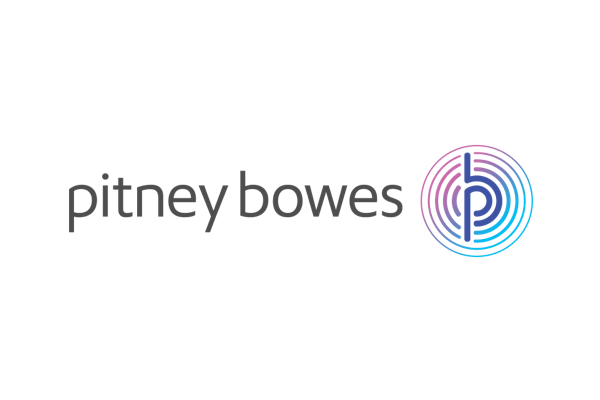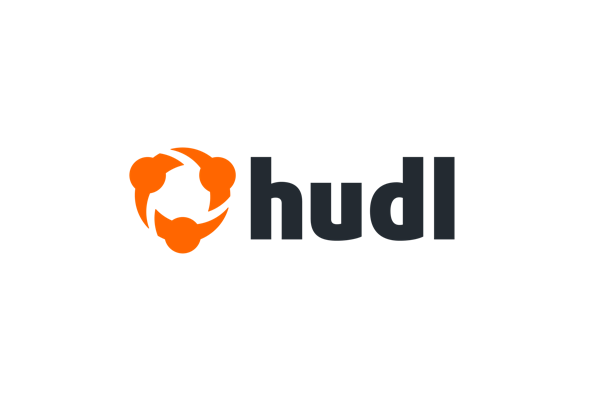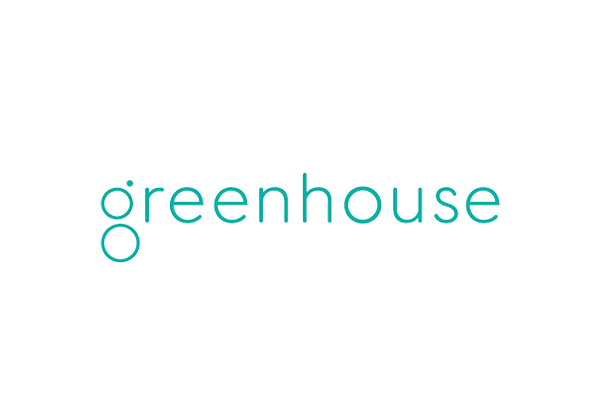
Get the report
More
Sumo Logic has become a critical ingredient for Pitney Bowes in the software development and support process, providing deep, immediate insights into the organization’s more than 70 applications. Its widespread developer adoption contributes to Pitney Bowes’ ability to deliver new products, solutions and capabilities faster and more efficiently.
Pitney Bowes also capitalizes on the knowledge gained from Sumo Logic for a variety of other use cases, beyond merely monitoring application health. This is especially relevant for the challenging – and time-consuming – job of overseeing applications composed of copious independent, distinct software services.
Download this case study to learn more about how Sumo Logic has helped Pitney Bowes strengthened the software development process with real-time insights gained through machine data analytics.
To fuel its relentless drive to modernize its business and product suite, Pitney Bowes created a consolidated software design, development, and operational architecture that could be used by multiple teams throughout the organization. This effort would also include defining best practices for gathering and using machine-generated data to shorten the amount of time it took to bring new software to market. As an added benefit, this coordinated approach would reduce disruption and downtime by improving problem detection and resolution.
Pitney Bowes deployed Sumo Logic to establish a standardized machine data aggregation and analytics infrastructure in support of its revamped technology architecture. By implementing a consistent way to manage important logging processes, it was now possible to trace complex transactions through intricate, multicomponent distributed applications.
Sumo Logic has become a critical ingredient in the software development and support process, providing deep, immediate insights into more than 70 applications. Its widespread developer adoption contributes to Pitney Bowes’ ability to deliver new products, solutions and capabilities faster and more efficiently than ever.
Although the company was founded over 95 years ago, Pitney Bowes is a dynamic organization that has transformed itself into a technology powerhouse. Clients around the world, including 90 percent of the Fortune 500, rely on the accuracy and precision delivered by Pitney Bowes solutions, analytics, and APIs in the areas of ecommerce fulfillment, shipping and returns; cross-border ecommerce; presort services; office mailing and shipping; location data; and software.
As part of its continuing evolution, the company launched the Pitney Bowes Commerce Cloud in collaboration with leading cloud technology providers including Amazon Web Services (AWS), Salesforce.com, General Electric, Google and Microsoft. This solution supplies clients with a far-reaching collection of software, analytics, and APIs that improve all aspects of their business such as identifying new customers, facilitating communications, expediting shipping, and collecting payments.
Unsurprisingly, realizing such a comprehensive vision meant that Pitney Bowes needed a fresh, harmonized approach to the way its teams designed, developed, and delivered software solutions. The traditional technique of furnishing each application with its own separate supporting software infrastructure would never scale to the expansive array of products that would constitute the Commerce Cloud. To surmount this challenge, in addition to upskilling its 1400+ global innovators, Pitney Bowes established a dedicated, highly skilled group known as the Commerce Cloud team. This newly created team’s charter was to construct a centralized set of common software services that could be reused across the full spectrum of Commerce Cloud applications.
“It’s critical that we deliver Commerce Cloud solutions as quickly as possible. Sumo Logic has advanced our software development process, and had a positive impact on our time-to-market.”Brett Nelson, SaaS Platform Architect, Pitney Bowes
Pitney Bowes employs a hybrid cloud-computing model to enable the Commerce Cloud: the majority of the company’s resources are in a multi-vendor cloud, with AWS the predominant supplier. Additionally, some resources remain on-premise. From the beginning, this architecture has been extremely successful. However, it soon became apparent that orchestrating the shared infrastructure service created by the Commerce Cloud team presented a unique batch of complications that would need to be addressed. Two of the most pressing concerns were managing the tremendous volumes of disparate machine data generated by all these applications, along with pinpointing the exact root of issues that arose during normal operations.
Although the Pitney Bowes core IT group was already responsible for monitoring the company’s computing resources, their main focus was supervising servers and network devices, rather than the applications that utilize these assets. This gap in oversight prompted the Commerce Cloud team to seek technology that would aggregate, organize, and ultimately derive meaningful value from the machinegenerated raw logs spawned by the Commerce Cloud. Up until this time, various groups had been experimenting with assorted log management offerings, but there had been no synchronized effort to single out the optimal solution.
The Commerce Cloud team – in concert with a diverse, multiorganization team – conducted a robust assessment that examined how vital logging, monitoring, and audit tasks were currently being performed, and how they could be further optimized. The knowledge gained during these exercises was then fed into a detailed appraisal of products that were already in use somewhere within the enterprise. The Innovation Group selected Sumo Logic as the winner of this evaluation, driven by factors such as its robust cloud capabilities, ease of configuration, compatibility with the entire Pitney Bowes software ecosystem, and pricing.
The rollout was straightforward and smooth, with a large and enthusiastic user community of greater than 200 people – primarily made up of software developers and operations professionals – actively utilizing Sumo Logic. Pitney Bowes was able to quickly ingest logs from an extensive variety of sources, with more than 70 applications now being monitored. These solutions range from user facing applications – for internal employees as well as customers – to software designed purely for infrastructure purposes. A small subset of these applications include:
Sumo Logic has strengthened the software development process at Pitney Bowes. For example, the Innovation Group has identified a set of best practices for making the most of the machine data captured and managed by Sumo Logic. These guidelines have been assembled into written standards that are distributed throughout the organization, thus enabling software developers to start leveraging Sumo Logic very early in their projects. Disseminating these crucial instructions helps teams avoid “reinventing the wheel.” The upshot is that Pitney Bowes’ teams are able to focus on what really matters: rapidly delivering high quality, feature-rich solutions to the market.
Pitney Bowes entire user community has profited from Sumo Logic’s rich dashboarding and analytic capabilities. More than 40 custom dashboards compile and summarize valuable details regarding ongoing operations, helping line-of-business users quickly make more educated decisions. Pitney Bowes also feeds its aggregated, multipoint log data into a separate data lake in support of ancillary analysis.
Beyond merely monitoring application health, Pitney Bowes capitalizes on the knowledge gained from Sumo Logic for many other intriguing use cases. This is especially relevant for the challenging – and time-consuming – job of overseeing applications composed of copious independent, distinct software services. By aggregating logs from divergent sources across Pitney Bowes’ entire computing environment, Sumo Logic makes it possible to carry out transaction tracing to support issue resolution. This takes place at the application level, rather than the server. This fine-grained visibility helps immediately uncover the problematic component; operations staff can then notify the developer in charge of the resource in question.
“Sumo Logic makes it much easier to find and then correct issues in our distributed applications. This lets our developers concentrate on creating new software rather than wasting time manually wading through logs.”Brett Nelson, SaaS Platform Architect, Pitney Bowes
Pitney Bowes continues to expand the Commerce Cloud portfolio, with new solutions tailored for customer engagement, location intelligence, and customer information management - to name just a few. At the same time, the procedures conceived by the Commerce Cloud team - powered by Sumo Logic’s scalable, cloud-based machine data technology - will speed the development process while also slashing the amount of time it takes to locate and rectify problems.



Learn how you can deploy in as little as 15 minutes, with no operational overhead.